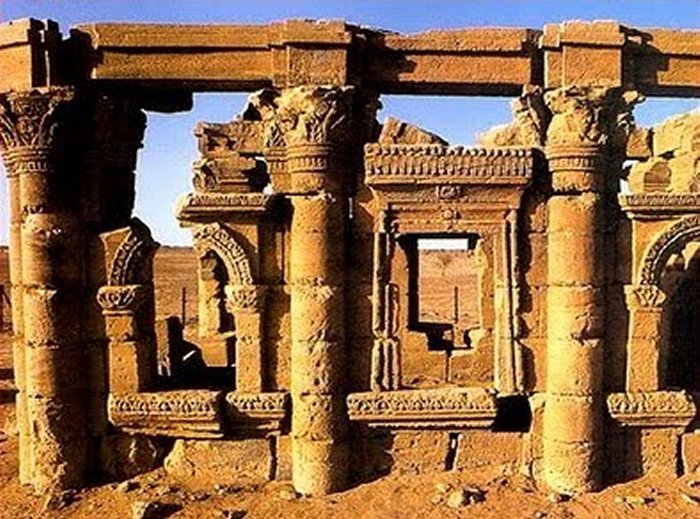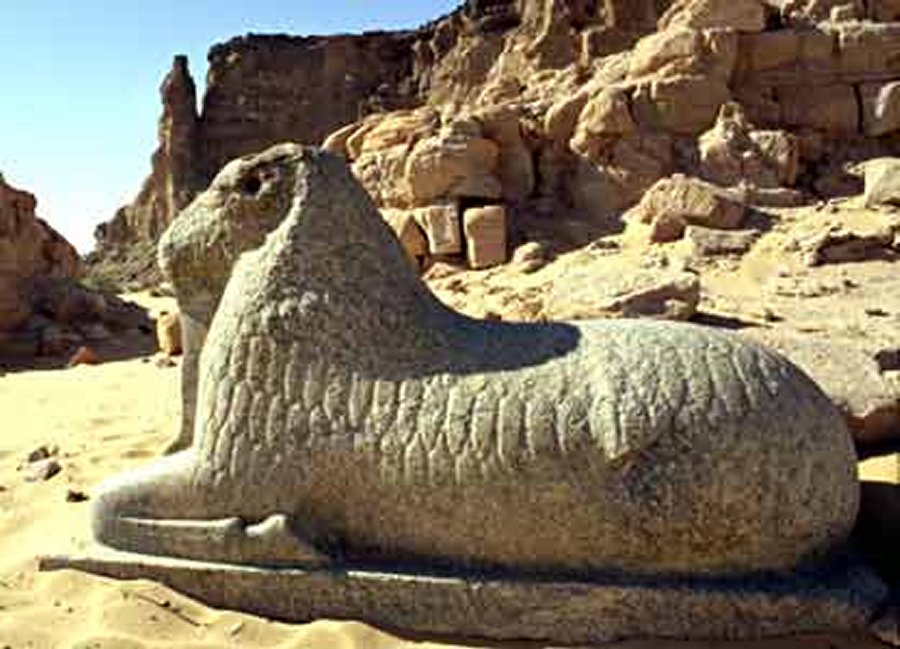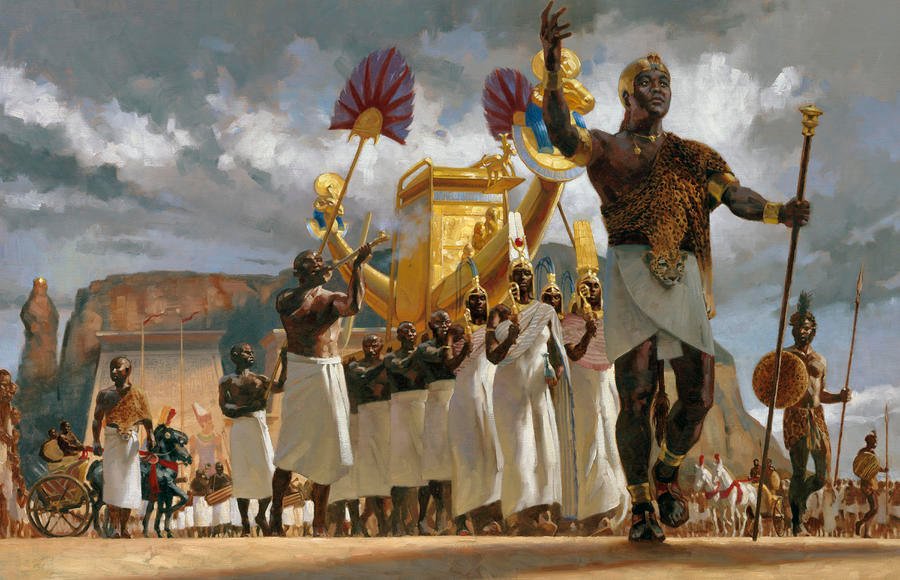Ancient Great City Of Napata In The Kingdom Of Kush
A. Sutherland - AncientPages.com - Napata was an ancient great city located on the west bank of the Nile in Nubia, the region of the valley of the Nile that is currently shared by Egypt and Sudan 300 km north of Khartoum. The nearby hill of Barkal (Jebel Barkal) was taken to mark the southern border of the New Kingdom.
Tuthmosis III founded Napata in the 15th century BC after his conquest of Nubia, and there is an inscription from the reign of this pharaoh, which says that he, Tuthmosis III, was the first king who began to build there.
City ruins of Napata. About 300 years later, Napata became the capital of an independent Nubian kingdom, the Kingdom of Kush.
A table mountain, Jebel Barkal, stands seventy meters high directly behind Napata, and it was regarded as a holy mountain, the seat of the god Amon and under it, there are still ruins of several ancient temples.
Since the time of dynasties, the Egyptians had been interested in Nubia, a very rich region in gold. Soon, they could control trade and become an imperialist power in Nubia. Over time the habits and Egyptian religion spread by Nubia.
In 1075 BC, the Amon high priest in Thebes, the capital of ancient Egypt, became powerful enough to limit the power of Pharaoh over Upper Egypt.
Ram at the entrance to the Temple of Amun, at Jebel Barkal, Sudan
This was the beginning of the Third Intermediate Period (1075 BC-664 BC). The fragmentation of power in Egypt allowed the Nubians to recover autonomy.
About 300 years later, Napata became the capital of an independent Nubian kingdom, the Kingdom of Kush.
In 750 BC, Napata was a flourishing city, while Egypt was still suffering political instability. Napata was part of the homeland of the Karmah culture, an indigenous Nilotic culture, long misidentified as an Egyptian outpost.
The culture flourished in the rich agricultural region that surrounds the site. Gold from the eastern desert, cattle pastoralism, and trade along the Nile were other sources of this culture's wealth.
Napata became a capital of a significant part of the ancient world, and the Egyptian custom of royal burial under pyramids was introduced into Kush. The people of Napata, at the time, were culturally Egyptianized.
King Taharqa who reigned 690–664 BC, built several Egyptian-style temples at Napata, and the city was so powerful that one day, it decided about the future of Egypt.
Napata remained the center of the Kingdom of Kush for another two generations, from the 650s to 590 BC. Its economy was essentially based on gold, with the 26th dynasty Egypt, an important ally.
Napatan architecture, paintings, writing script, and other artistic and cultural forms were Egyptian. Egyptian burial customs were practiced, including the resurrection of pyramid buildings.
The Napatan dynasty and their successors built the Nile Valley's first pyramids since the Middle Kingdom. Also, several Egyptian gods were worshipped. The most important god was Amun, a Theban deity, his temple was the most important at Napata, located at the foot of Jebel Barkal.
King Taharqa, who reigned 690–664 BC, built several Egyptian-style temples at Napata, and the city was so powerful that one day, it decided about the future of Egypt.
After the Persian conquest of Egypt, Napata lost its economic influence. The Napatan region itself began to experience crisis leading to fewer cattle and agriculture.
A Persian raid had seriously affected Napata in 591 BC and finally, Napata was losing its role of economic capital to Meroë, which eventually became the capital of the kingdom of Kush, leading to the abandonment of Napata.
In 23 BC, the Roman prefect of Egypt invaded the kingdom after an initial attack by the queen of Meröe, destroying Napata to the ground.
Today only the ruins are left.
Written by – A. Sutherland AncientPages.com Staff Writer
Copyright © AncientPages.com All rights reserved. This material may not be published, broadcast, rewritten or redistributed in whole or part without the express written permission of AncientPages.com
More From Ancient Pages
-
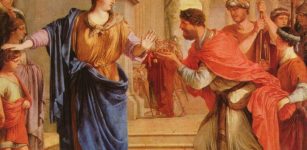 Ars Amatoria – Ancient Roman Flirting Tips – Could They Still Work?
Featured Stories | Mar 26, 2019
Ars Amatoria – Ancient Roman Flirting Tips – Could They Still Work?
Featured Stories | Mar 26, 2019 -
 On This Day In History: First Battle Of The Mexican War Was Fought At Palo Alto – On May 8, 1846
News | May 8, 2016
On This Day In History: First Battle Of The Mexican War Was Fought At Palo Alto – On May 8, 1846
News | May 8, 2016 -
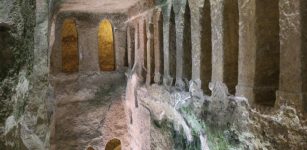 Largest In Europe Underground Church Of Saint-Jean of Aubeterre Built By 12th Century Benedictine Monks
Featured Stories | Feb 12, 2016
Largest In Europe Underground Church Of Saint-Jean of Aubeterre Built By 12th Century Benedictine Monks
Featured Stories | Feb 12, 2016 -
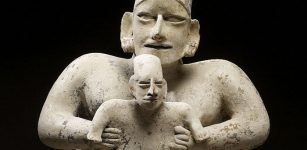 Ancient Mothers Cared For Kids Better Than Previously Thought
Archaeology | Nov 29, 2021
Ancient Mothers Cared For Kids Better Than Previously Thought
Archaeology | Nov 29, 2021 -
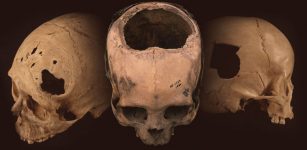 Ancient Peru’s Cranial Surgeons Had Remarkable Skills
Ancient Technology | Jun 8, 2018
Ancient Peru’s Cranial Surgeons Had Remarkable Skills
Ancient Technology | Jun 8, 2018 -
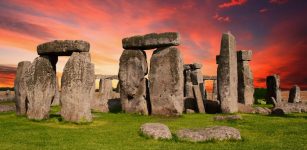 Prehistoric Feces At Stonehenge Reveal The Earliest Evidence For Intestinal Parasites In The UK
Archaeology | May 21, 2022
Prehistoric Feces At Stonehenge Reveal The Earliest Evidence For Intestinal Parasites In The UK
Archaeology | May 21, 2022 -
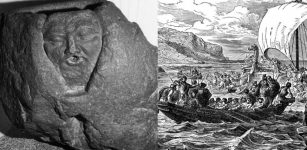 Ancient Mysteries Of Chicago: Is The Puzzling Waubansee Stone A Neglected Pre-Columbian Artifact?
Artifacts | Mar 4, 2017
Ancient Mysteries Of Chicago: Is The Puzzling Waubansee Stone A Neglected Pre-Columbian Artifact?
Artifacts | Mar 4, 2017 -
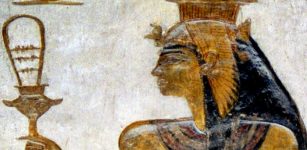 Sistrum: A Magical, Sacred Ancient Egyptian Musical Object
Civilizations | Dec 31, 2014
Sistrum: A Magical, Sacred Ancient Egyptian Musical Object
Civilizations | Dec 31, 2014 -
 Time Capsule – Best Preserved 3,000-Year-Old Dwelling Ever Found In Britain
Archaeology | Jan 12, 2016
Time Capsule – Best Preserved 3,000-Year-Old Dwelling Ever Found In Britain
Archaeology | Jan 12, 2016 -
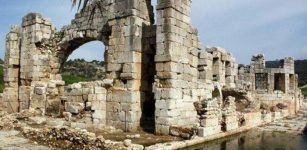 City Of Patara: Long History Of Wars And Visits Of Prominent Figures Of Ancient World
Archaeology | Jul 9, 2020
City Of Patara: Long History Of Wars And Visits Of Prominent Figures Of Ancient World
Archaeology | Jul 9, 2020 -
 Countess Loretta Of Sponheim Kidnapped Archbishop Of Trier And Got Away With It
Featured Stories | Sep 26, 2018
Countess Loretta Of Sponheim Kidnapped Archbishop Of Trier And Got Away With It
Featured Stories | Sep 26, 2018 -
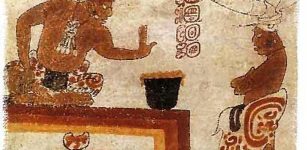 Chocolate Was Invented In Mesoamerica 1900 B.C.
Ancient History Facts | Jan 17, 2016
Chocolate Was Invented In Mesoamerica 1900 B.C.
Ancient History Facts | Jan 17, 2016 -
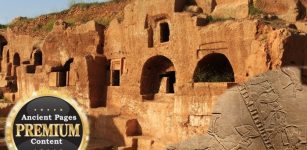 Mysterious Ancient Tomb May Contain Remains Of A Powerful Forgotten Goddess
Ancient Mysteries | Aug 30, 2018
Mysterious Ancient Tomb May Contain Remains Of A Powerful Forgotten Goddess
Ancient Mysteries | Aug 30, 2018 -
 Unexplained Mystery Of A Painting That Has Been Labeled ‘Evil’
Featured Stories | Oct 3, 2018
Unexplained Mystery Of A Painting That Has Been Labeled ‘Evil’
Featured Stories | Oct 3, 2018 -
 Ancient Runestones Reveal A Surprising Viking Secret – Scientists Say
Featured Stories | Jul 21, 2024
Ancient Runestones Reveal A Surprising Viking Secret – Scientists Say
Featured Stories | Jul 21, 2024 -
 Mayong – Mysterious Ancient Land Of Black Magic In India
Featured Stories | Mar 7, 2019
Mayong – Mysterious Ancient Land Of Black Magic In India
Featured Stories | Mar 7, 2019 -
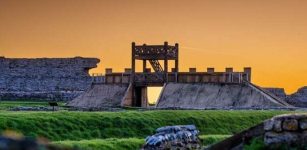 Reconstructed Roman Gateway Tells The Story Of Britain’s Invasion
Featured Stories | Aug 26, 2023
Reconstructed Roman Gateway Tells The Story Of Britain’s Invasion
Featured Stories | Aug 26, 2023 -
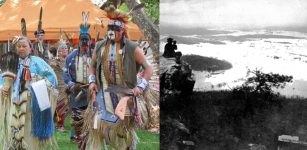 Ancient Native American Stories Of Great Floods In Tennessee Confirmed By Scientists – 1867 Flood Was Not The Worst One
News | Aug 26, 2020
Ancient Native American Stories Of Great Floods In Tennessee Confirmed By Scientists – 1867 Flood Was Not The Worst One
News | Aug 26, 2020 -
 Ancient Entrance Gate Found In Biblical City Of Bethsaida (Zer) Where Jesus Performed His Deeds Of Power
Archaeology | Jul 11, 2018
Ancient Entrance Gate Found In Biblical City Of Bethsaida (Zer) Where Jesus Performed His Deeds Of Power
Archaeology | Jul 11, 2018 -
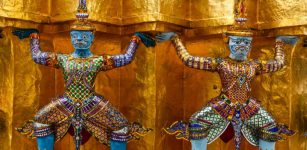 Rakshasas: Night Wandering Race Of Demons And Warriors Fuelled By Kundalini In Hindu Beliefs
Featured Stories | Oct 8, 2019
Rakshasas: Night Wandering Race Of Demons And Warriors Fuelled By Kundalini In Hindu Beliefs
Featured Stories | Oct 8, 2019

